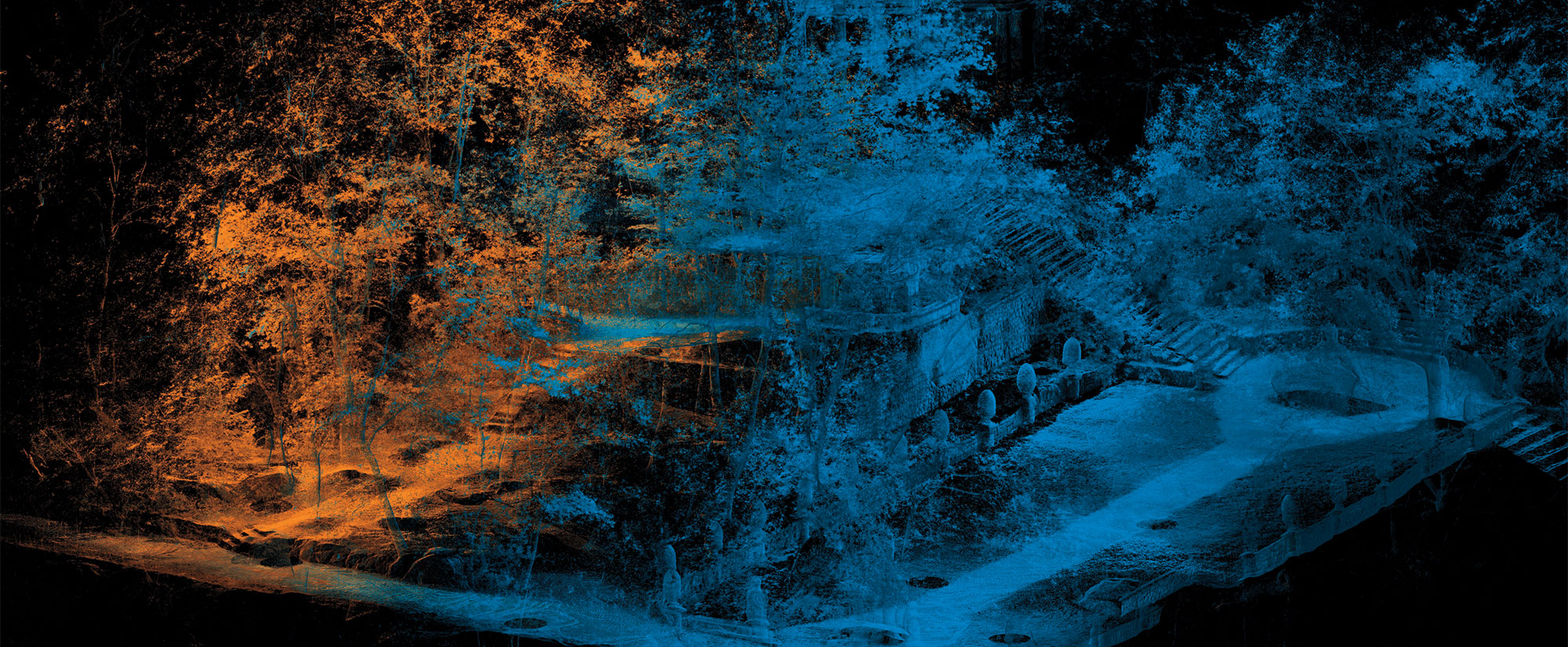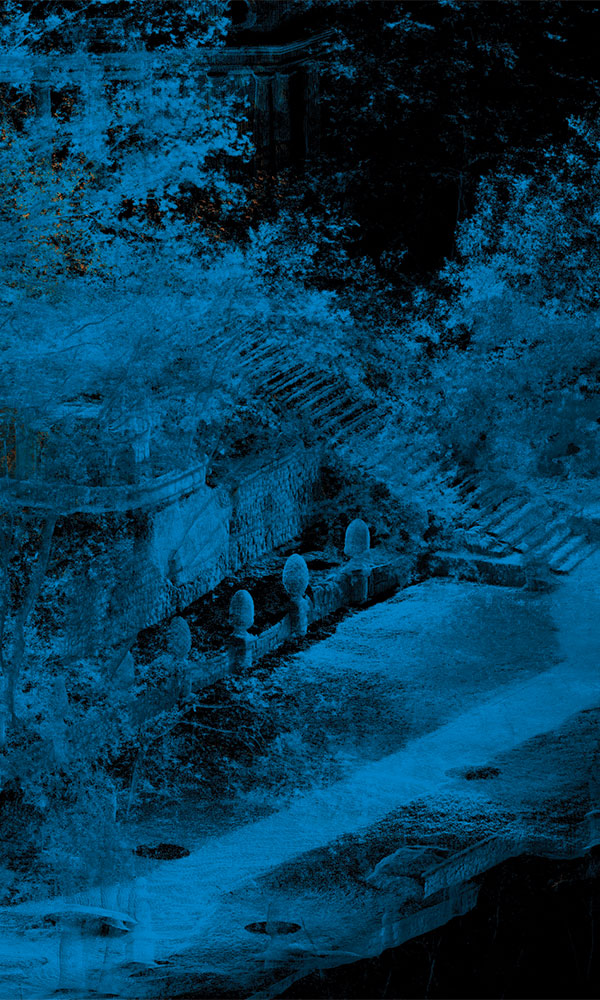WOODS HOLE, MASSACHUSETTS—Sumer is commonly acknowledged as one of the earliest—if not the earliest known—human civilizations. Emerging in southern Mesopotamia between the sixth and fifth millennium b.c., the Sumerians are often credited with a number of key innovations, including the invention of writing, the establishment of human-engineered agricultural systems, and the construction of the first urban centers. According to a statement released by Woods Hole Oceanographic Institute, a groundbreaking new study suggests that all of these Sumerian developments may have been driven by dynamic changes in the interactions between rivers, tides, and sediments. The research shows that between 7,000 and 5,000 years ago, the Persian Gulf extended further inland, and tides pushed fresh water twice daily up into the Tigris and Euphrates Rivers. Early Sumerian communities living in the region took advantage of this by creating short canals to irrigate their crops. However, as delta sediments eventually built up, they cut off gulf tides from reaching inland areas, which caused a socioecological crisis. Researchers argue that this led to the development of social complexity, labor specialization, and hierarchical political structures, since the situation required large-scale resource management on a state-wide level. This theory coincides with some of the archaeological findings from the Sumerian site of Lagash in recent years. “The radical conclusions of this study are clear in what we’re finding at Lagash,” said Holly Pittman, director of the Penn Museum’s Lagash Archaeological Project. “Rapid environmental change fostered inequality, political consolidation, and the ideologies of the world’s first urban society.” Read the original scholarly article about this research in PLOS One. To read more about Lagash, go to "On the Origin of Cities," one of ARCHAEOLOGY's Top 10 Discoveries of 2022.
Rivers and Tides Shaped Development of Urban Civilization
News August 25, 2025
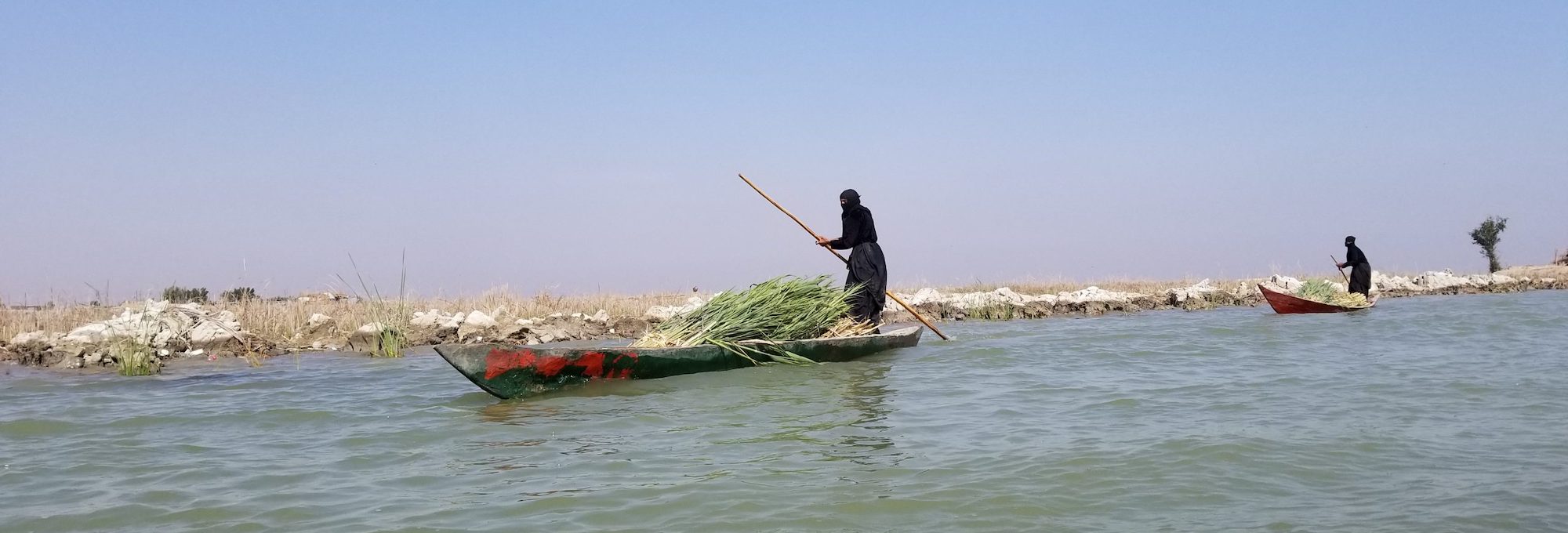
Recommended Articles
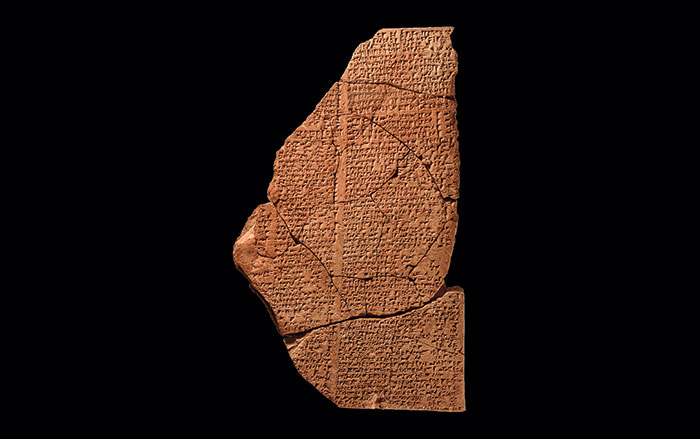
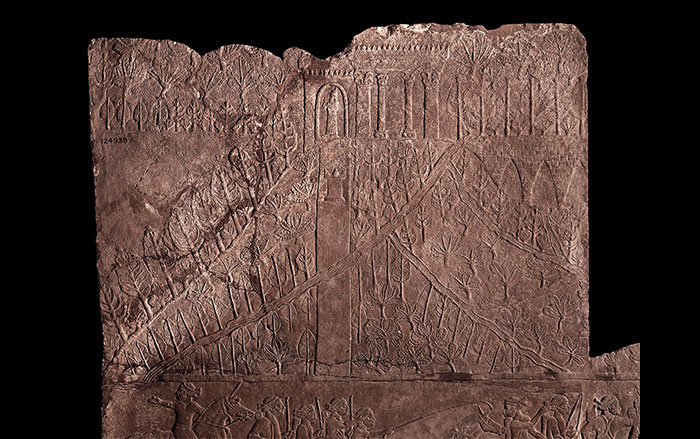
Digs & Discoveries July/August 2025
Wax On, Wax Off

Digs & Discoveries March/April 2025
Prison or Fortress?
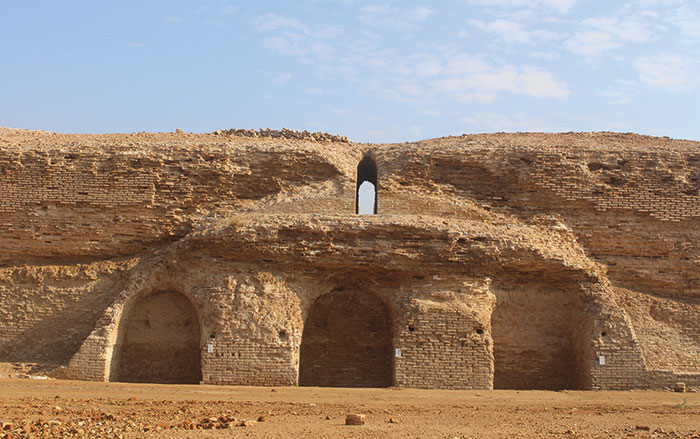
-
Features July/August 2025
Setting Sail for Valhalla
Vikings staged elaborate spectacles to usher their rulers into the afterlife
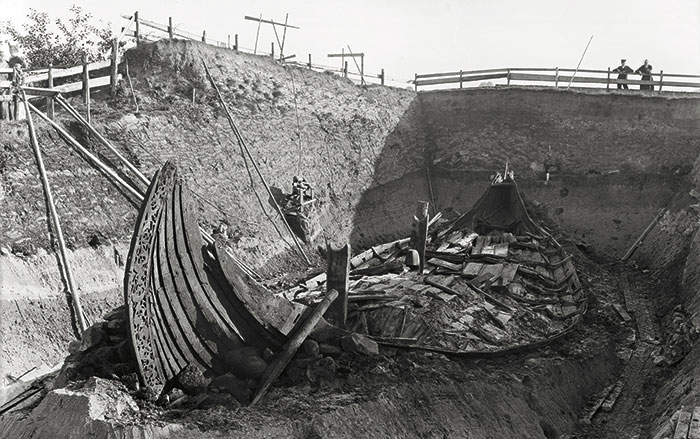 Museum of the Viking Age, University of Oslo
Museum of the Viking Age, University of Oslo -
Features July/August 2025
The Home of the Weather God
In northern Anatolia, archaeologists have discovered the source of Hittite royal power
 Tolga İldun
Tolga İldun -
Features July/August 2025
In Search of Lost Pharaohs
Anubis Mountain conceals the tombs of an obscure Egyptian dynasty
 Photos by Josef W. Wegner for the Penn Museum
Photos by Josef W. Wegner for the Penn Museum -
Features July/August 2025
Birds of a Feather
Intriguing rock art in the Four Corners reveals how the Basketmaker people drew inspiration from ducks 1,500 years ago
 Courtesy John Pitts
Courtesy John Pitts


